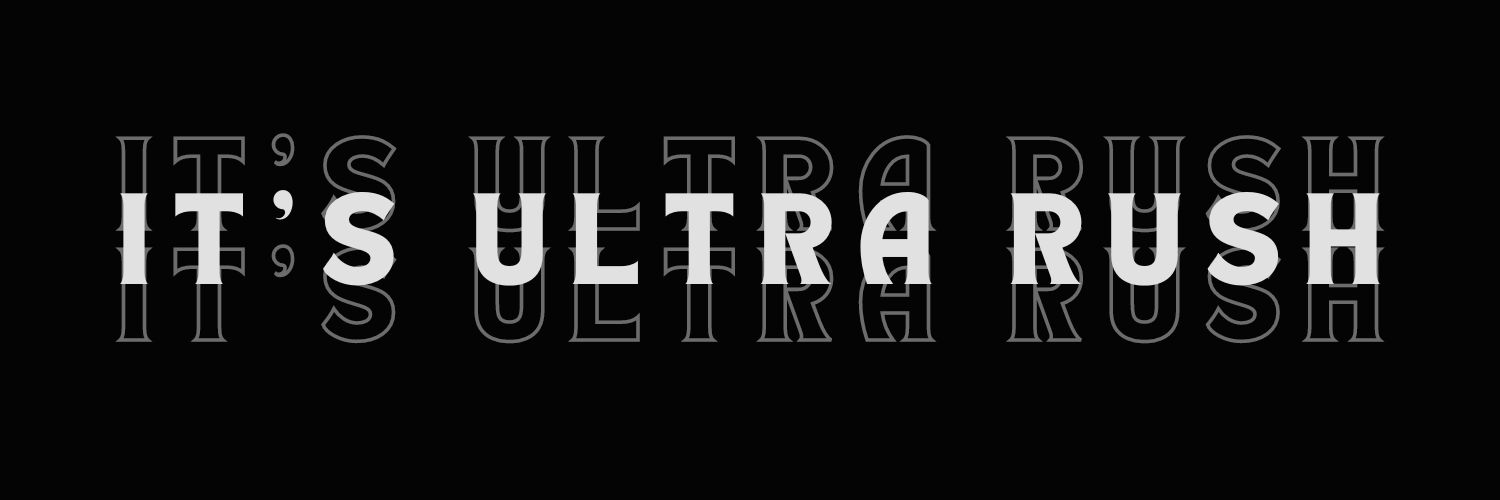Bootleg Birks and the Importance of Cost Per Wear
I spent much of my early teens obsessed with the TLC makeover show, “What Not To Wear”. Shout out to Stacy and Clinton! When I was younger, the idea of having so much money to spend on clothing was mind boggling , the fact that most persons were not leaving with at least 100 items was even more so, as I have grown older however and become more focused on developing a more sustainable approach to fashion I realise that building a wardrobe and developing a personal style isn’t just about having a full wardrobe, it was more about having a cohesive one.
While some of the style decisions made during the show were questionable, there are a few things that stuck with me throughout the seasons of the show.
1) Quality over Quantity - It’s better to have less good quality pieces than more “not-so-good” quality ones. This can be a difficult lesson to absorb especially if you, like me grew up wanting to indulge more in fashion but was unable to or you are easily swayed by trends and new shiny things. I know I have been guilty of this but over the years I have become more focused on figuring out my style and observing how and what I wear. Currently I have about three pairs of good quality work pants, one of which was tailor made. I wear them every other week and they have held up well over the years. I spent a little bit more to ensure that they fit me well and work seamlessly with other pieces in my wardobe.
2) Calculate the Cost per Wear - This was probably the biggest lesson the show taught me. The concept of cost per wear was usually used for calculating the value on more expensive pieces. It was quite simply the cost of the item divided by the amount of times it was expected to be worn. This was usually used for pricier items e.g. coats , shoes and bags to really assess if the piece was a good purchase but I have found that it can be applied to less expensive items as well because buying things just because they are “cheap” isn’t the most sustainable approach and isn’t the best way to build a cohesive wardrobe. I use this lesson on a regular basis and so far it hasn’t steered me wrong because one thing for sure…I am going to wear every cent out of my clothes.
3) Buy Pieces Not Outfits - When first developing our style and learning how to shop, some persons may find it easy to shop by outfits or shop for occasions. For example, they buy a shirt , a pants , and a pair of shoes for every event. Following the event they are left with pieces that don’t go with anything else in their closet or pieces they may have very little opportunity to re-wear which creates the eternal loop of having a lot of clothes but nothing to wear. I learned very early on in life to avoid occasion or outfit shopping and to instead focus on pieces can be worn in multiple ways or dressed up or dressed down with accessories. I also learned to always keep an eye out for “special occasion” pieces as it’s the worst thing to be running around trying to find an outfit at the last minute. I would say that save for an extremely formal occasion, I could probably find an outfit for most events by looking through my closet and honestly? I love that for myself.
With my focus now being on sustainable style I have an internal checklist that I run through when I am shopping. Some of the questions I ask are :-
Does it match my overall style?
Can I wear this piece in different settings?
Can I imagine at least three different outfits with this piece?
Do I have something similar that could create the outfits I am imagining?
Am I buying this because I need it or because I just want the feeling of something new?
I hope this helps and I plan to do some outfit posts on how I implement these steps and just trying to share my thought process around my style.
I’m still exploring and expanding my personal style and I plan to share more fashion content with you. Till then..
Be good to yourself (and others),
Ultra
